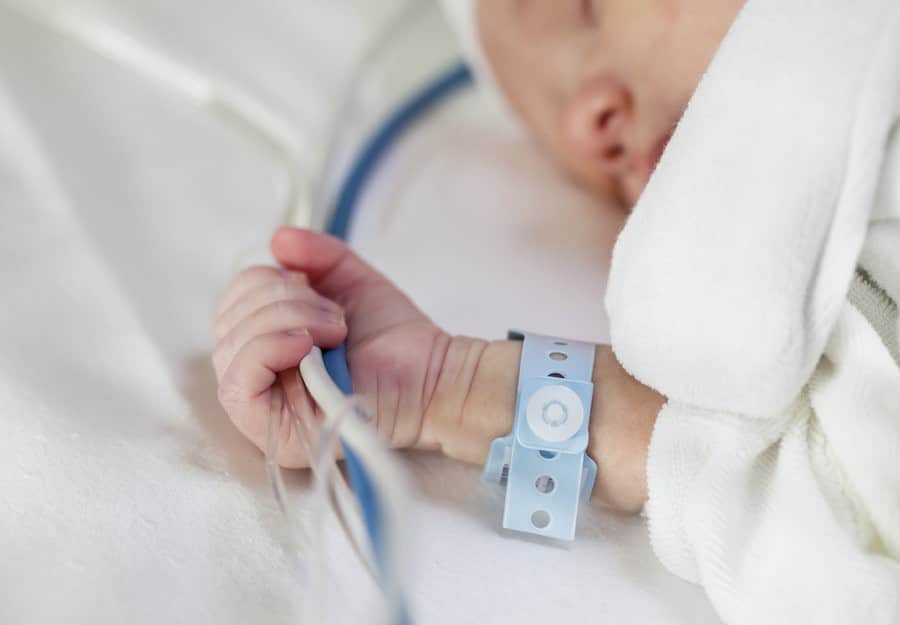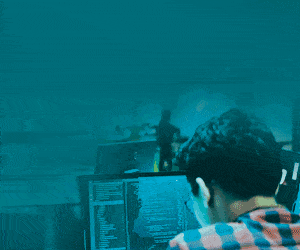Improvements in packaging
To address the issues of the first version of the packaging, they redesigned the packaging to make the unit a little smaller and flatter, and they opted for copper with gold plating. However, the doctors were still a little hesitant about the belt design. They felt that the belt was not suitable for babies, as it was to be fixed around the abdomen, and if the belt was fixed too tightly, it could lead to accidental suffocation. Another issue that the doctors brought up was the need to provide warmth to a baby, externally.
Measuring Kangaroo Mother Care
This issue of providing warmth externally was resolved with a technique that was first developed in Columbia in the 1980s, called Kangaroo Mother Care(KMC), which involves the mother holding the baby with skin-to-skin contact. The doctors told the team from IISc. that they would like to have some way of quantifying and measuring this KMC.
The wearable KMC device v3.0, had a few modifications. The doctors had suggested a few more sensors that could be used to measure the KMC treatment being given to the baby. A bandage mechanism was also used in this version, using PDMS Silicon, which is biocompatible. They designed an app to be used along with this version of the device.
For the wearable KMC device 4.0, the thickness of the device was reduced to 6mm to make it easier to use. V4.1 is currently being tested in St. John’s Hospital and they are keen to start small volume manufacturing for the device.
Importance of packaging in wearables
Professor Amrutur wrapped up his talk by highlighting the importance of user design and packaging. “User design and packaging is really critical and needs lots of patience and perseverance. We started in 2011 and now we are looking at small volume manufacturing. At IISc we cannot run at the speed of startups, and we need to think of what will be the current technology, five years from now, and use that right now. We might have to take a little bit of risk, but by that time, it will become cost-effective.”
He also thanked both the sponsors for the project, the Robert Bosch Center for Cyber-Physical Systems at IISc, which funded the initial phase of the project, and the Bill and Melinda Gates Foundation, which is funding the current phase of the project.
Watch Professor Amrutur’s talk at the India Electronics Week 2016, here:
02_How we developed a wearable for remote monitoring of newborns from EFY on Vimeo.













